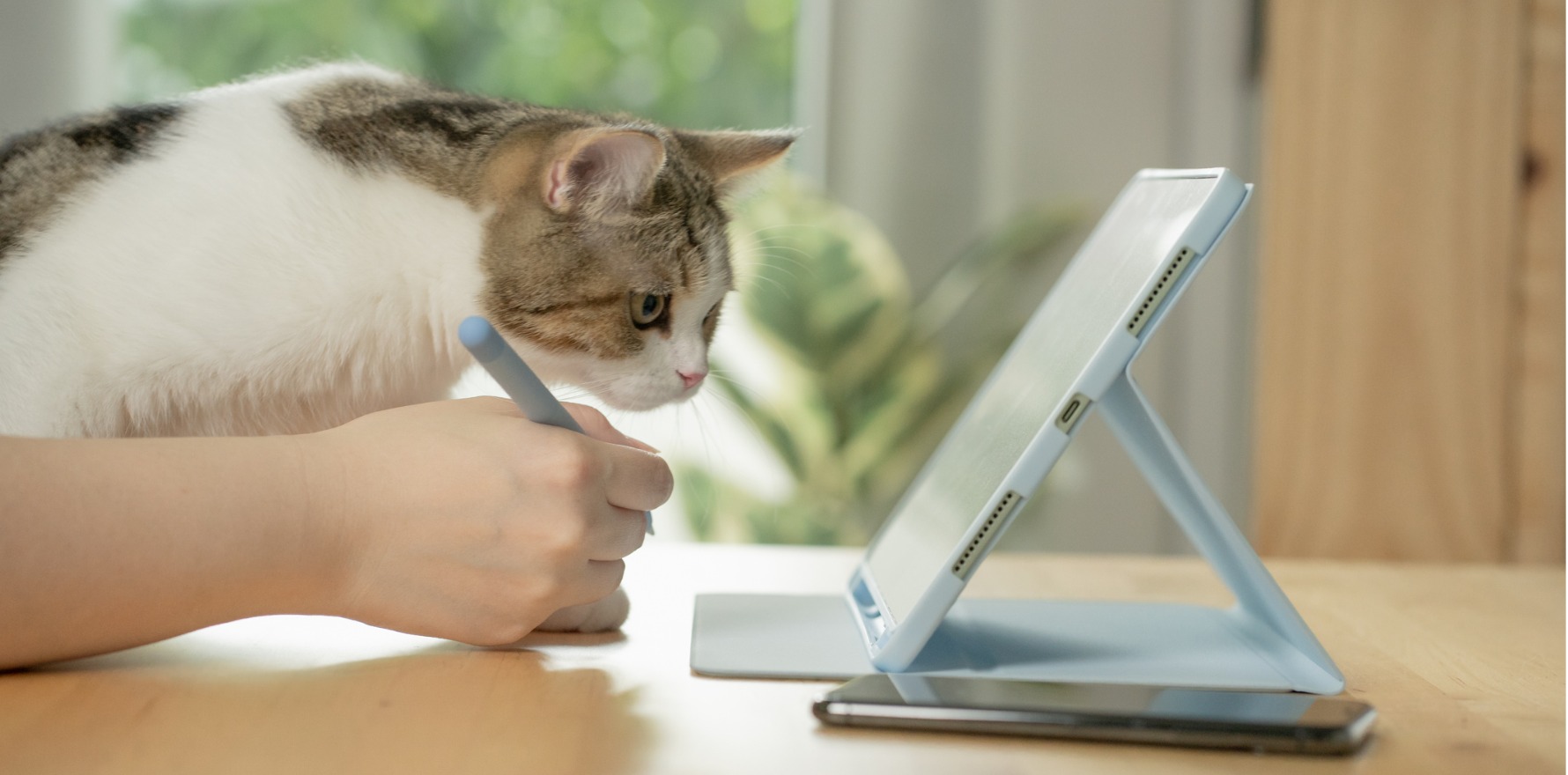Telehealth found its niche in covid lockdowns and seems here to stay, but how well does it work in practice?
The covid-19 pandemic has led to the rapid adoption of telehealth, spurred by the introduction of relevant Medicare Benefits Scheme item numbers. Telehealth has obvious advantages for patients.
The need for travel is removed, prolonged wait times are easily endured in the comfort of one’s home, and acquiring an unwanted viral pathogen from a fellow patient is an impossibility1. Telehealth’s newfound ubiquity has caused a shift in patient expectations which will not be universally welcomed by clinicians.
The following scenario may be familiar to the medical practitioner, by now a veteran of telehealth. Mrs Smith is the fifth appointment of the day. The receptionist called the day before to confirm the appointment; a convenient date and time agreed upon well in advance. You try the landline and a cheerful answering machine informs you that nobody is at home to take your call.
Mrs Smith answers on her mobile but your hopes are dashed when excess background noise alerts you to a potential problem promptly confirmed by the patient herself. She is currently indisposed at the greengrocer, and would you mind terribly calling back in 15 minutes?
A cascade of delays is set in motion, further compounded by several technological glitches that reliably occur. Your patience frays as elderly patients struggle to operate their devices and feelings of guilt creep in as you look forward to the reviews of younger, more technically literate patients with good hearing.
Glancing at the time on your computer screen informs you that you are now an hour behind schedule and well on your way to a late finish. You lament the “good old days” when patients waited for you patiently (or not) in the waiting room.
After an unhealthy lunch squeezed in between appointments you call your next patient significantly later than the agreed upon time. Mr Doe is unable to take your call as he is currently engaged with another healthcare provider. Platitudes and apologies conveyed, you terminate the call and look heavenward: when will it all be over?
In the covid-19 era, studies on telehealth surveying patient and clinician perspectives have been generally positive with improved appointment attendance2–4. These surveys were conducted during self-imposed or government-enforced lockdowns, while patients were a captive audience, and a medical appointment was a welcome distraction.
In Australia, the end of prolonged lockdowns led to the rediscovery of social freedoms and the humble telehealth appointment has been outranked. In the eyes of some consumers, it now finds itself on the same level as the casual restaurant booking, subject to last minute whimsical cancellations and a lackadaisical approach to punctuality.
Smartphones with internet access have caused a dramatic shift in consumer expectations and attitudes: increased flexibility, increased availability, and instant gratification. Telehealth will find itself judged by the same criteria as other services delivered via the same medium.
There will be dissatisfaction with telehealth on both sides of the therapeutic relationship, and studies using electronic surveys are unlikely to capture their opinions. Response rates to these surveys are low to begin with, and frustrated patients and clinicians struggling with telehealth technology seem unlikely respondents to an electronically delivered Likert survey.
Time will tell if telehealth continues to play a significant role or if its popularity will wane, much like the droves of physicians gradually returning to civilian attire following a brief fraternisation with comfortable, easily laundered scrubs.
Blake Mumford is a dermatology research fellow at the Skin Health Institute in Victoria. He has worked as a registrar in a variety of medical specialties as part of basic physician training. He is a recipient of the Australasian College of Dermatologists Victorian Faculty Prize in Dermatology and The Alfred Residents’ and Graduates’ Association Prize and has twice been a finalist for the Robert Power Surgical Prize Exam. Apart from dermatology, his interests include technology in healthcare and software development.
References
1. Kruse CS, Krowski N, Rodriguez B, Tran L, Vela J, Brooks M. Telehealth and patient satisfaction: A systematic review and narrative analysis. BMJ Open. 2017;7(8):1-12. doi:10.1136/bmjopen-2017-016242
2. Gilbert AW, Billany JCT, Adam R, et al. Rapid implementation of virtual clinics due to COVID-19: Report and early evaluation of a quality improvement initiative. BMJ Open Qual. 2020;9(2):1-8. doi:10.1136/bmjoq-2020-000985
3. Dobrusin A, Hawa F, Gladshteyn M, et al. Gastroenterologists and Patients Report High Satisfaction Rates With Telehealth Services During the Novel Coronavirus 2019 Pandemic. Clin Gastroenterol Hepatol. 2020;18(11):2393-2397.e2. doi:10.1016/j.cgh.2020.07.014
4. Svider PF, Setzen M, Ow R, Folbe AJ, Eloy JA, Johnson AP. Incorporation of telemedicine by rhinologists: The COVID-19 pandemic and beyond. Am J Otolaryngol – Head Neck Med Surg. 2020;41(6):102567. doi:10.1016/j.amjoto.2020.102567


